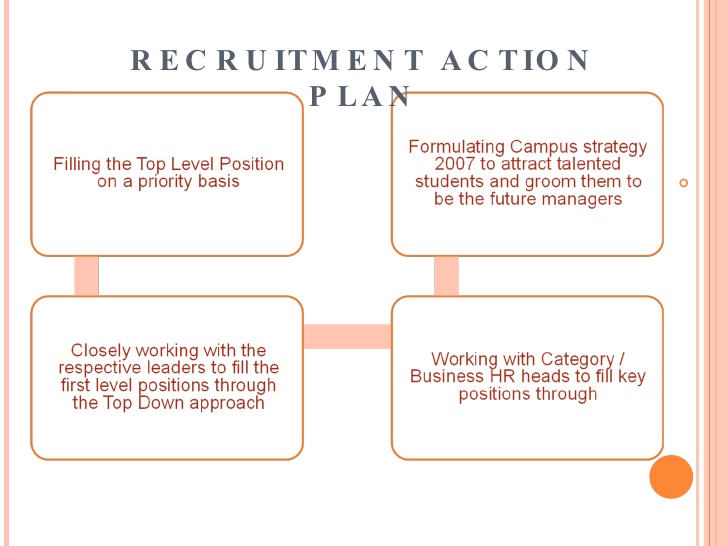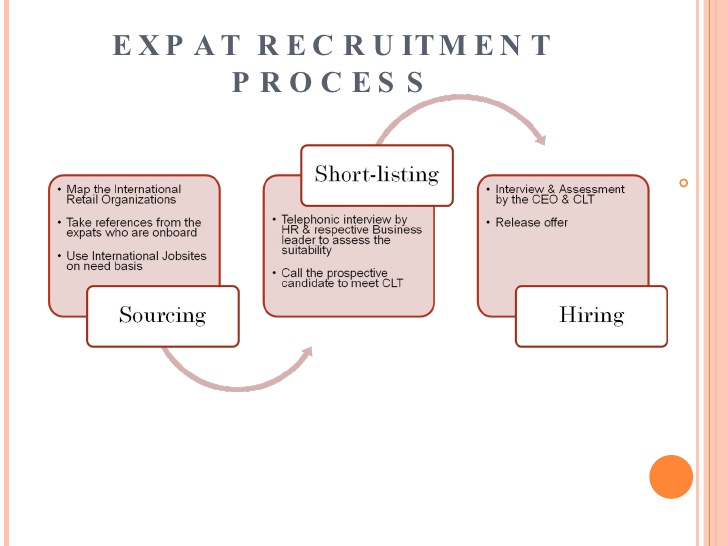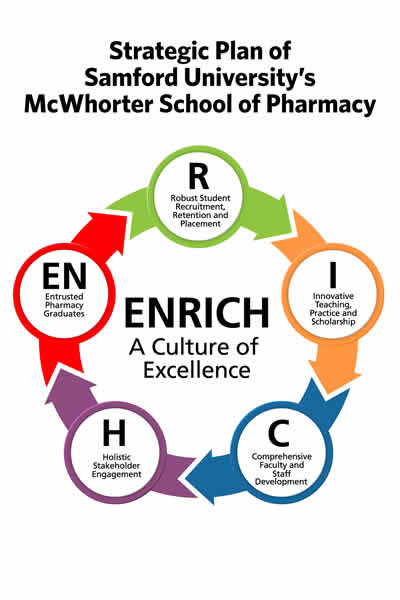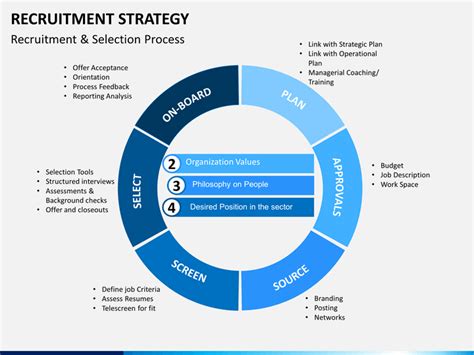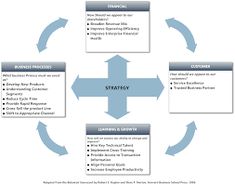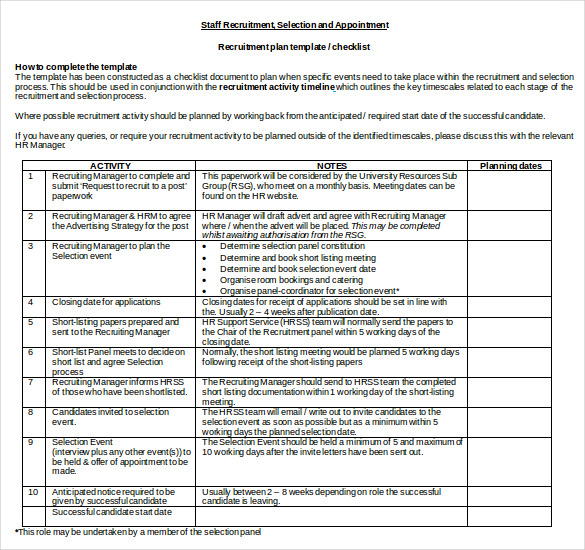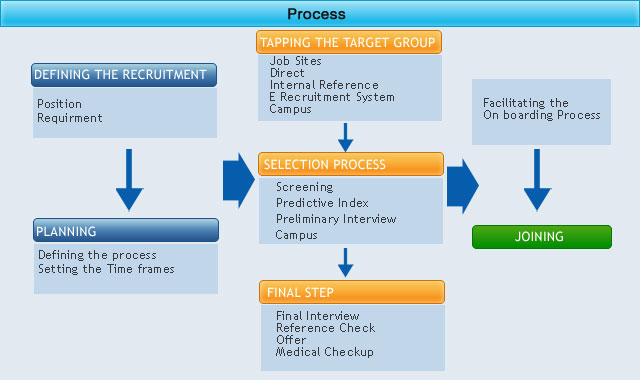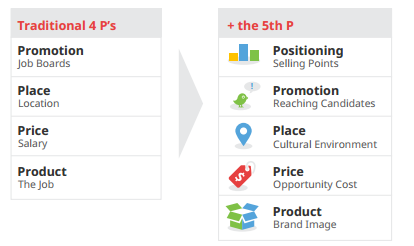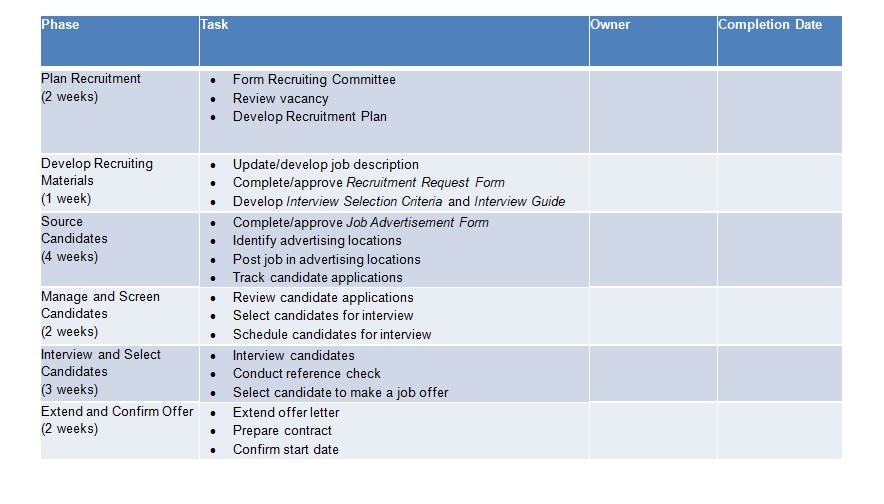11+ Recruitment Strategic Plan Examples to Download
Talented people are a company’s main resource. Oftentimes, they can make the difference between the success of a business and its failure. This is why organizations place great importance in their recruitment attempts because the next applicant just may be one of their greatest assets. You may also see personal strategic plans examples.
Recruitment Strategic Plan Example
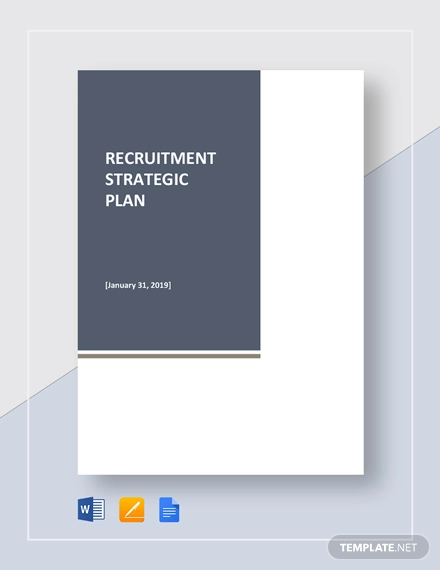
Businesses claim that there have been shortages of accomplished people in the market, and this occurrence has seriously affected the growth of many establishments. But, contrary to this notion, there are actually plenty of competent candidates. The trouble only lies in finding them and properly allocating their gifts. You may also like security strategic plan examples.
This is why recruitment strategies are important. They allow you to conceive a plan of action that can help you fish for the perfect entrant for the position you are looking for. Oftentimes, these strategies are what differentiate a successful company from a failed one. By designing an impervious hiring program, you can ease the burden of searching and recruiting for the right applicants.
The process of recruitment in the corporate world is nothing short of interesting. It is because there are no definite steps or rules that can be followed to make the activity successful.
Each organization must personalize a technique and a method depending on what will serve their interests best. This is probably also the reason why companies, no matter how big and successful they may be, find the process of recruiting new talents tedious and difficult, although it is necessary and beneficial to their company’s overall success—because they have to blindly find their way through it. You may also check out marketing strategy plan examples.
In recruitment, no sage or wise tutor can tell you exactly what to do because the process that has worked well for them may not be effective for you. Your only teacher in this aspect is your experiences. The attempts you execute that fail, and the undertakings you have carried out that succeeded are the only rules by which you can strive. You might be interested in strategic planning checklist examples.
Recruitment Action Plan
Top e-Recruiting Strategies Table
Expat Recruitment Process
What Is a Recruitment Strategy Plan?
Simply put, a recruitment strategy plan is a formal plan of action that elaborates an organization’s effort to find, recruit, and hire the best and highly qualified applicants for the positions available. It is often designed to cover every single step in the recruitment process until the team successfully finds the candidate they have been looking for.
Although a strategic plan offers quite a general overview of the whole recruitment process, it is made up of tiny steps that focuses on the different parts of it. Without a rigorously detailed set of actions, your whole recruitment method will only go to waste without having achieved any fruitful results. You may also see sales strategy plan examples.
Strategic planning for recruitment will not only ensure that you pick the best out of the crowds lining up for the job position you are offering. It can also guarantee that your recruiting department will not waste resources on ineffective recruitment decisions. Time and money, both very important company resources, are your investments in recruitment.
Make sure that your attempt will not leave you with still a vacant position to be filled, plus wasted resources that need to be made up for.
School Pharmacy Strategic Plan
Recruitment And Selection Process Strategy
Strategic Planning Process Model
Steps in Creating an Effective Recruitment Strategy Plan
1. Determine your recruitment goals.
Usually, when creating a structured scheme, the first step you will have to do is to identify the main purpose of your endeavor. This is important because without being aware of what your efforts are directed toward, you will not be able to create a well-defined path leading to it. As for recruitment goals, it should mirror the objectives that your whole business operation aims toward. You may also see HR strategy plan examples.
For example, are you centered on expanding your business? Or attracting higher standard candidates? Or promoting the image of your company as an environment fit for unique individuals? You should be well aware of the things you want to achieve with your recruitment process. You may also like school strategic plan examples.
2. Review your recruitment method.
In fact, review everything that originally worked for you. The corporate world or, more specifically, the recruitment field of the corporate world is similar to a living being whose needs constantly change.
Even if you have been successful in hiring people through the system you have implemented before, that does not mean that it will work for you again this time. You can choose to develop your new strategic plan out of the useful ideas you gather from your old system, or you can also opt to abolish the idea all together and start fresh. You may also check out health and safety strategic plan examples.
3. Develop people-finding strategies.
Since this is your main objective—finding people—you should start developing a program that you can start exercising. These strategies can either be long-term or short-term recruitment techniques. Short-term techniques are those that you are probably already implementing. Invite a number of applicants, assess them, and hire those who have reached your standards. You might be interested in one-page strategic plan examples.
Long-term techniques are a little more complicated than that. They utilize an organization’s ability to create relationships with people. It involves establishing the company as a rewarding place to work.
Long-term recruitment techniques are all about the image that the business presents to the external crowd and to the people who are already working in it. It’s all about meticulously taking care of how people sees the company, and allowing them to be naturally attracted to it through all the good things that they hear about the workplace. For your simple strategic plan, it is best to develop both long-term and short-term strategies.
4. Try looking at labor pools that you don’t usually scour.
Most companies have a targeted audience for their recruitment process, and, often, these targets include people with college degrees and extensive resumes. However, to truly search the market for talented prospective employees, you need to seek even at the most unlikely places. You may also see business development strategy plan examples.
How about trying to target immigrants, or people with disabilities, or undergraduate students with potential? Sometimes, the right person for the job doesn’t always seem like it at first. Also, by doing this, you are actually creating a much bigger focus for your recruiting which can increase your chances of finding the workmen you are looking for. You may also like community strategic plan examples.
5. Create a shortlist of potential candidates.
Of course, you can’t possibly hire every applicant who goes through your doors. You have standards they have to reach and tests they have to pass. However, when they do, make sure that you choose well among them and take from the equation those who are not wholly fit for the job. You may also check out procurement strategy plan examples.
Shortlisting your candidates is the easiest way to evaluate the qualities that each one possess, and the most effective way to avoid wasting your time in entertaining those that don’t match the skills written in your criteria. It would also be for the best if you keep a reserved list of applicants to take the place of the names in your shortlist who are unavailable. You might be interested in maintenance strategy plan examples.
6. Exercise your team’s interviewing technique.
Since you are the one doing the interview and not the other way around, you should be confident and sure of yourself. Do your best to avoid awkward silences and pauses by keeping a list of the things that you are going to ask the candidate. As for the questions, don’t go along with the mainstream. You may also see audit strategic plan examples.
Try asking open-minded questions that can help you get to know the applicant, and which can help him open up to you. Also, don’t focus on purely skill-related questions. Getting to know the applicant as a person and not merely as an employee can also help you decide if he is truly the man for the job. You may also like communication strategy plan examples.
Staff Recruitment and Selection
Recruitment Strategy Process
Traditional 4 P’s in Recruitment Strategies
Fundamentals of a Good Recruitment Strategic Plan
1. It must be well-structured.
You can’t simply throw in rules for everyone in your recruitment team to follow, they must be pondered upon excessively. It is also important that your recruitment efforts illustrates the brand message you want to project and targets your primary resources. Once you have finalized the structure of your strategic plan, proceed to communicating it to your team. You may also see tourism strategic plan examples.
A poorly communicated strategy plan can only result in weak hires. Recruitment will never be a one-man show. The strength of many people working on the same goal is necessary to make this successful.
2. Practice the pipeline approach.
The pipeline approach is the process of keeping your recruiting approaches open and implemented throughout the course of your business’s existence. This means that you must maintain a steady pool of applicants even when you are not bulk-hiring, and continue realizing your long-term recruitment strategy. You may also like real estate strategic plan examples.
3. Be competitive.
You’re not the only one in your line of business who is desperately looking for the perfect person to fill a vacant position.
Even in recruitment, you will have a lot of competitors, which means that you need to be as smart with this aspect of your business as with all your other decisions. It is important that you are never satisfied with your strategic plan no matter how successful it proves itself to be. Always be a step ahead of your competitors by constantly looking for new ways to improve. You may also check out networking strategy plan examples.
4. Take care of your image as a company.
This is probably the most important strategy you can utilize for recruiting. Make your company a healthy and rewarding place to work and let all people recognize that as a fact.
By doing so, you will attract potential applicants simply because they see your company in the right light and they’d be excited by the thought of working with you. This will not only boost your company’s image, it will also increase the number of applicants considerably. You might be interested in social media strategy plan examples.
5. Target non-applicants.
Even the people who are not actively looking for a job, and who are probably already employed, should also be a part of your targeted audience.
Chances are, they are considered an important company asset by your rivals because they are high-performing individuals. Expand your target by communicating with these people and presenting them with an offer that will be difficult for them to reject. One of the biggest recruitment mistake most companies make is that they only focus on active applicants. You may also see strategic marketing plan examples.
6. Be quick about it.
Once you have found an applicant who has met your standards, make speedy hiring decisions. Chances are, that applicant will no longer be available to you in just a few hours’ time. Research shows that the really good ones out there will only take half the time that it takes a regular applicant to land a job. You may also like communication plan examples.
7. Build a recruiting culture.
Every member of your workforce must play the role of a recruiter in every setting that they become a part of. Everyone in your company has a contact with an outside talent. Allow them to have the skills needed to recognize one when they see it and to spread the company’s brand wherever they go. This is a simple activity that can already start an effective recruiting culture from which you can benefit a lot from. You may also check out sales plan examples.
Recruitment Strategy Template
Google Recruitment Action Plan
Common Recruitment Strategy Mistakes
1. Not treating applicants like customers.
Accommodating applicants should be your greatest priority. You should treat them the way you would treat your company’s greatest asset because that’s what they are. Remember, although your applicant is looking for a job, you are not the only company who can offer him that. Make sure that you attend to him before he goes to any of your competitors. You may also see business plan examples.
2. Not trying to flow with the trend.
Millennials are now considered the biggest population source of talent in every industry. Which means that if you are not doing anything to attract them, your strategic plan will go nowhere.
3. Not having a defined standard.
You don’t want every person who needs a job applying for your company, right? Of course you don’t. You only want those who are actually competent in the skills you are looking for. You should let people know what really is going on during the everyday life in your workplace. You may also like training plan examples.
Let them know that it is challenging, and that it is not an environment fit for everyone. By doing so, you can scare away those who do not hold a chance, and invite those who know they can do it.
Effective recruitment, aside from utilizing a thorough strategic plan, is all about promoting the right message to the public, whether or not they are one of your targeted crowds.
Never underestimate the ability of the word of mouth to discourage even the high-profile applicants from trying out your company. You should always try to exude a positive image because this in itself can already work wonders in attracting people to you. You may also check out research plan examples.



